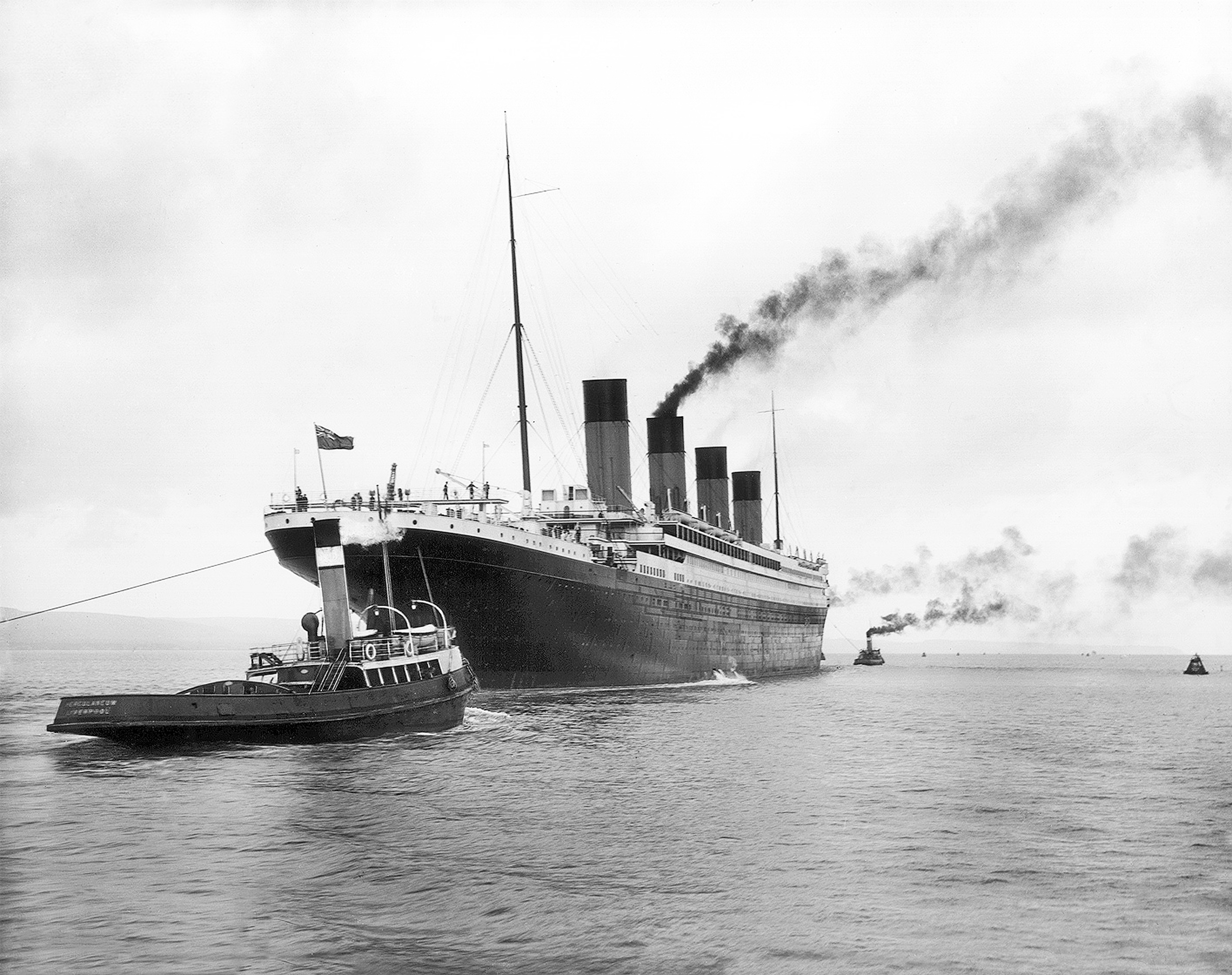The Titanic, the world’s largest passenger liner in 1912, often evokes images of a massive ship. However, compared to today’s cruise ships, the Titanic was significantly smaller. This article explores the striking size difference between the Titanic and modern cruise ship behemoths like Royal Caribbean’s Icon of the Seas.
A Titanic Difference: Size Comparison
The Titanic measured 882.5 feet long, 92 feet wide (at its widest point, or beam), and rose 10 decks high. In contrast, Royal Caribbean’s Icon of the Seas, set to sail in 2024, dwarfs the Titanic with a length of 1,197.5 feet, a beam of 213 feet, and a towering height of 20 decks.
The sheer scale of modern cruise ships became a viral topic recently, sparked by the release of the first complete digital scan of the Titanic wreckage. The scan, offering unprecedented detail of the sunken ship, reignited public interest in the Titanic and prompted comparisons to today’s maritime giants.
One Twitter image juxtaposing the Titanic against a modern cruise ship garnered thousands of retweets, with reactions ranging from “wild” and “insane” to “scary” and “amazing.” The stark visual highlighted the enormous leap in cruise ship dimensions over the past century. Some social media users even joked that a modern cruise ship could easily scoop up the iceberg that sank the Titanic “for cocktails.”
Modern Marvels: The Scale of Today’s Cruise Ships
The advancements in shipbuilding and the demand for larger, more amenity-filled vessels have led to the construction of colossal cruise ships like Icon of the Seas. These floating cities boast a multitude of restaurants, entertainment venues, pools, and even theme park-style attractions. The sheer size of these ships allows for a greater passenger capacity and a wider array of onboard experiences.
The recent digital scan of the Titanic, which lies in two sections on the Atlantic seabed, provides valuable context for understanding the scale of the tragedy. The bow and stern are separated by roughly 2,624.5 feet, surrounded by a vast debris field. This detailed imagery, along with size comparisons to modern ships, enhances our understanding of both the Titanic’s historical significance and the remarkable evolution of cruise ship design.
The Titanic, once a symbol of unparalleled size and luxury, now serves as a benchmark against which we can measure the tremendous progress in maritime engineering and the dramatic increase in the scale of modern cruise ships. The comparison underscores how far cruise ship design has come, transforming from grand vessels like the Titanic to the colossal floating resorts we see today.
